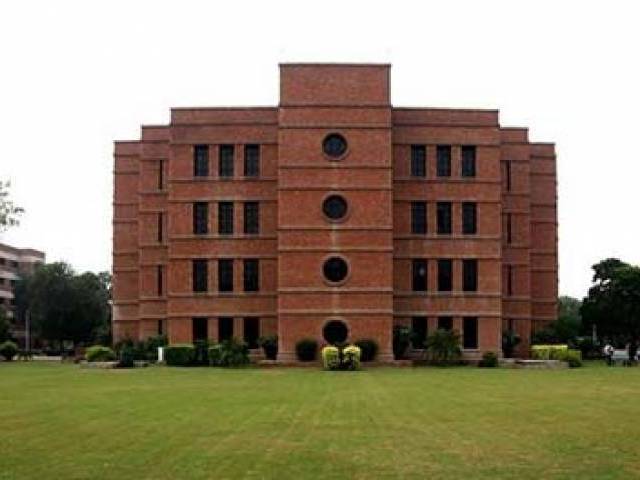
The global higher education analysts, Quacquarelli Symonds (QS), on Tuesday released the 2016 instalment of the QS University Rankings: Asia.
The rankings see the Lahore University of Management Sciences (Lums) become country’s top university after a 50-place, 5-band leap up the list.
It is now ranked 111th in the region, moving past four fellow Pakistani universities.

The National University of Singapore remains the region’s top university.
This year, the rankings have expanded to include the region’s 350 best universities.
This is an expansion of 50 on the previous year.
Pakistan
The highlights for Pakistan include the rise of Lums, which is the consequence of improvements in seven of the nine metrics used by the QS last year.
The National University of Sciences and Technology Islamabad is now country’s second highest-ranked institution, rising from 119th to joint 112th.
It now outperforms Quaid-i-Azam University, which has fallen from 116th to joint 149th.

Pakistan Institute of Engineering and Applied Sciences, now ranks joint 149th down from 115th last year, previously the country’s top university.
Aga Khan University has fallen from 117th to 183rd.
The University of Karachi has jumped from the 251st - 300th band to the 201st - 210th band.
Ten Pakistani universities are among the 350 featured in this year’s rankings, the same number as last year.
Elsewhere in the region
The top three are unchanged. National University of Singapore is joined by the University of Hong Kong (2nd) and Nanyang Technological University (3rd).
Pakistani universities fail to make mark in Asia's best university ranking
Hong Kong territory takes four top 10 places, while China, Singapore, and South Korea take two each.
South Korea takes six top 20 places, which is more than any other nation or territory featured.
The region’s best universities entrench their status.
There are no new entrants into the top 20 this year.
17 nations and territories have at least one university in this year’s QS university rankings for the region.
The QS evaluated 517 universities in the region for the 2016 instalment of the QS University Rankings: Asia.
Methodology
Methodological enhancements have also been included.
This year “staff with PhD” has been introduced to add to the dimensions of analyses of teaching quality provided by the rankings.
To create the rankings, the methodology used is similar to that used for the QS World University Rankings, but with some additional indicators and adapted weightings.
The set of criteria has been developed in consultation with regional experts and stakeholders. It is designed to reflect key priorities for universities in the region.
The nine indicators used to compile the QS University Rankings: Asia include academic reputation (30%), employer reputation (20%), faculty student ratio (15%), citations per paper (10%), papers per faculty (10%), staff with a PhD (5%), proportion of international faculty (2.5%), proportion of international students (2.5%), proportion of inbound exchange students (2.5%), and proportion of outbound exchange students (2.5%)
The QS University Rankings: Asia, published annually since 2009, highlights the top universities in the region every year.
Published in The Express Tribune, June 15th, 2016.























COMMENTS
Comments are moderated and generally will be posted if they are on-topic and not abusive.
For more information, please see our Comments FAQ